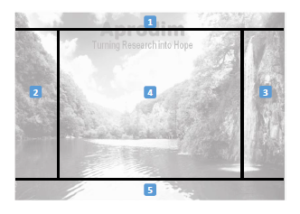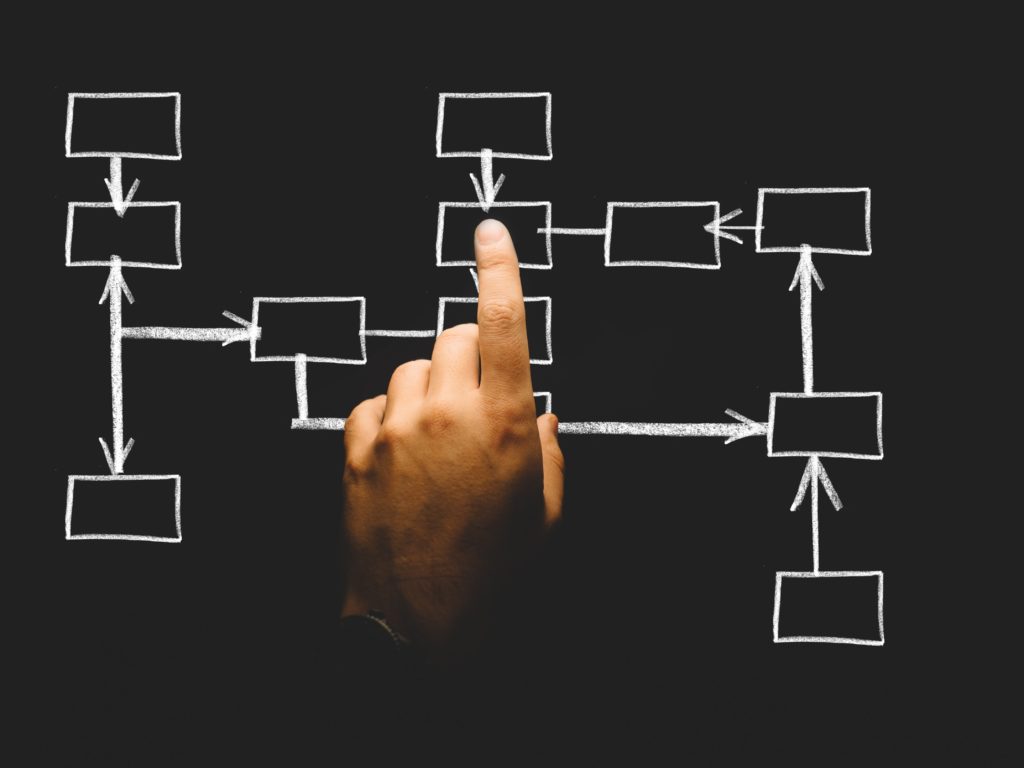Whether you’re inheriting a pre-determined platform to deliver your digital sales aids, or you’ve made a pro-active choice to utilise new software, you may be surprised to find the number of CLM solutions on the market. Here we introduce MI Touch.
What is MI Touch?
QuintilesIMS have an offering in the commercial space for brand teams looking to effectively enable e-detailing within their field force. MI Touch (previously Nexxus) is a similar platform to Veeva, allowing for delivery via an iPad of HTML based slides from a cloud-based technology solution. The backend system is based on a Microsoft stack while the front end is written using Apple developer tools.
Why use it?
If asked to deliver a brand digital sales aid (DSA) to the MI Touch system, the first questions are as ever; what content is required and why has an e-detailing aid been determined to be the best fit solution? For example:
- More engaging content than static Powerpoint presentations required
- Capturing of analytics and usage metrics
- Greater control over approval process and release of content
MI Touch supports all of the above objectives but it is important to identify up front the direction in which to take the deliverable to avoid unnecessary cost and delay.
Who is it for?
Local brand teams are the primary users of the MI Touch application. The data generated will be manipulated by the business intelligence team and used by salesforce management, marketing and strategy teams.
How to deliver within the platform
In general a MI Touch project will require the developers to first build a framework and then create separate individual HTML5 pages for each slide within the presentation deck.
As each slide is essentially standalone but users need a way to move through the presentation, it is important to identify the overall structure of the site. Determining the common elements up front is also a valuable exercise. MI Touch does not support the sharing of reusable elements in a single source file and therefore if a standard element is changed this can lead to a ripple effect where multiple files have to be changed even if it is the same change to every file.
IMS recommend using separate slides for each element of a presentation as this allows their native tracking function to record the progress through a meeting without requiring any bespoke code to be developed. However this does lead to the issue mentioned whereby common content becomes time consuming to change.
The MI touch platform broadly parallels Veeva, however, it does have limitations with respect to memory management which need to be respected. In addition transitions between slides when controlled by MI touch are not seamless, which needs to be taken into account if there was the intention to create a particularly good interactive or flowing presentation. In these instances it might be better to build the presentation into a single file and manage the content directly.
Leave behinds can be handled by adding a PDF to each slide, this can then be sent to the healthcare provider (HCP).
Outputs
The result of the developer’s efforts will be a series of zip files containing each slide of the presentation, linked together in such a way as to allow the field force to present in either a one-dimensional linear progression or, potentially, in a more two-dimensional approach with both “deep” and “wide” elements.
The benefits of MI Touch
The benefits derived from using MI Touch are intrinsically linked to the original project goals but you can realistically expect greater visibility of detailing and an ability to use segmentation and prioritisation to target HCP visits.
Limitations
Shared content/assets have to be duplicated into every single slide (i.e. they aren’t actually shared) and therefore there can be:
- A higher maintenance overhead (changing a logo would entail manually updating every slide package)
- A bigger initial development overhead (developing a build process which is able to integrate shared content into every package automatically)
- Layout is limited by the touch areas in MI. It is recommended not to have any interactive content in Zones 1, 2, 3 or 5 as these zones conflict with the built in MI Touch functions



- Use of videos is discouraged as the MI Touch developers advise that memory management can be a concern. Where videos are used IMS strongly recommend only one video element per page and no use of separate sound and video elements.
- In general, frameworks such as Edge should not be used as they are too heavy to run within the MI Touch application. In fact, IMS recommend minimal use of Javascript and only having a single index.html page for each slide with no navigation away from it.
We can help
twentyeightb are certified IMS partners on the MI Touch platform and can advise on any aspect of delivering content. If you’re interested in finding out more about how we can work in partnership with agencies and brand teams alike, why not take a look at our case study video? If you want to chat MI Touch, just drop us a line today by phone or our contact form.



